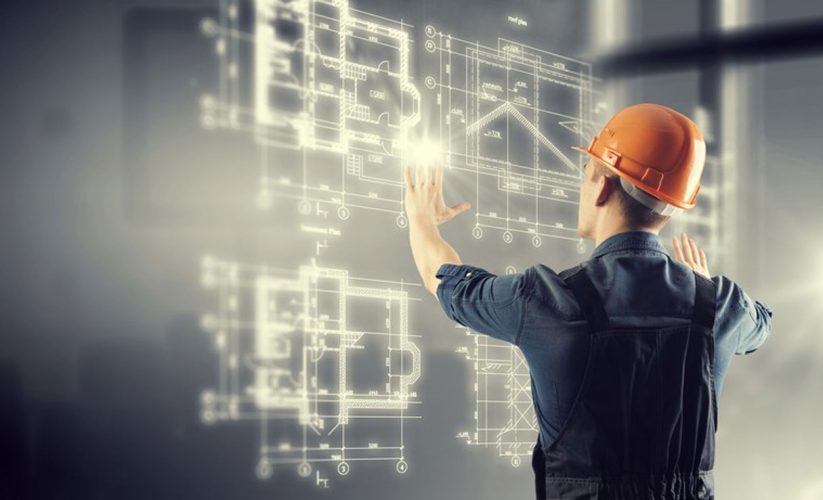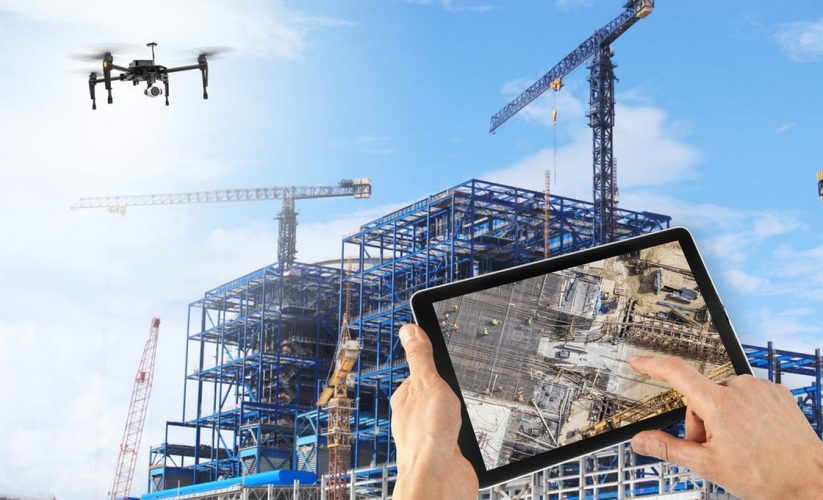
Technology Redefined: The Role of AI in Modern Construction in 2024
Welcome to the future of construction, where steel meets silicon and concrete is infused with intelligence. In an era dominated by technological advancements, the construction industry is undergoing a profound transformation, thanks to the integration of Artificial Intelligence (AI). From optimizing project management to enhancing safety on-site, AI is reshaping the way we build, design, and innovate in construction.
Revolutionizing Every Aspect of Construction Industry
Gone are the days of rudimentary blueprints and manual labor dictating the pace of construction. Today, AI is at the forefront, revolutionizing every aspect of the industry. Let’s delve into how this groundbreaking technology is redefining construction as we know it. In the dynamic realm of construction projects, staying on schedule and within budget are paramount. AI-powered project management tools are a game-changer, offering real-time insights, predictive analytics, and resource allocation optimization. By analyzing vast datasets and historical trends, these AI systems can identify potential delays, mitigate risks, and streamline workflows, ensuring smoother project execution from inception to completion.
Enhancing Safety Through AI-Powered Solutions
Safety is non-negotiable in construction, and AI is revolutionizing how we approach it. Advanced computer vision algorithms enable intelligent monitoring of construction sites, detecting potential hazards such as falls, equipment malfunctions, or unauthorized personnel. Moreover, wearable devices equipped with AI can track vital signs of workers, providing early warnings in case of fatigue or distress, thus preventing accidents and ensuring a safer work environment for all.
Designing structures that are both functional and aesthetically pleasing is a delicate balance, but AI is here to lend a helping hand. Generative design algorithms, fueled by AI, can explore countless design permutations based on specified criteria, optimizing for factors like cost-effectiveness, energy efficiency, and structural integrity. This not only accelerates the design process but also unlocks creative possibilities previously unimagined, pushing the boundaries of architectural innovation.
Accurate Infrastructure Sustainability
Maintaining aging infrastructure is a pressing challenge, but AI offers a proactive solution through predictive maintenance. By analyzing sensor data and performance metrics in real-time, AI algorithms can anticipate potential equipment failures or structural deficiencies, allowing for timely interventions and prolonging the lifespan of critical infrastructure assets. This predictive approach not only saves time and resources but also enhances the resilience and sustainability of our built environment.
Enter the era of construction robotics, where AI-driven machines take center stage on the job site. From autonomous drones conducting aerial surveys to robotic arms performing intricate tasks with precision, these robotic systems are revolutionizing construction practices. By leveraging AI for navigation, object recognition, and decision-making, these robots enhance efficiency, accuracy, and safety, ultimately reshaping the future of construction automation.
Decision Making in Construction
In the age of information, data is the new currency, and construction is no exception. AI-powered analytics platforms crunch vast amounts of data from various sources, providing stakeholders with actionable insights for informed decision-making. Whether it’s optimizing material procurement, identifying cost-saving opportunities, or predicting market trends, data-driven decision-making powered by AI empowers construction professionals to stay ahead in a competitive landscape.
Effective collaboration is the cornerstone of successful construction projects, and AI is fostering connectivity like never before. Cloud-based collaboration platforms powered by AI facilitate seamless communication, document sharing, and project coordination among dispersed teams. Whether it’s architects, engineers, contractors, or clients, AI-driven collaboration tools break down silos, foster synergy, and drive collective success across the construction ecosystem.
Waste Reduction Strategies
As the world grapples with environmental challenges, sustainability has become a pressing imperative in construction. AI is catalyzing sustainable practices through innovative solutions such as green building optimization, energy-efficient design, and waste reduction strategies. By harnessing AI for modeling, simulation, and optimization, construction projects can minimize their carbon footprint, conserve resources, and pave the way for a greener, more sustainable future. As we gaze into the crystal ball of construction’s future, one thing is clear: AI will continue to be a driving force of innovation, efficiency, and sustainability. From autonomous construction sites to AI-generated blueprints, the possibilities are limitless. Embracing AI is not just about staying ahead of the curve; it’s about shaping a future where construction is smarter, safer, and more sustainable than ever before.
Catalyst For Progress
The integration of AI into the construction industry marks a paradigm shift that transcends mere technological advancement. It’s a catalyst for progress, a beacon of innovation, and a testament to the limitless potential of human ingenuity. As we embark on this transformative journey, let us embrace the power of AI to build a better, brighter future for generations to come. The construction site of tomorrow awaits, and with AI as our ally, the possibilities are endless.





